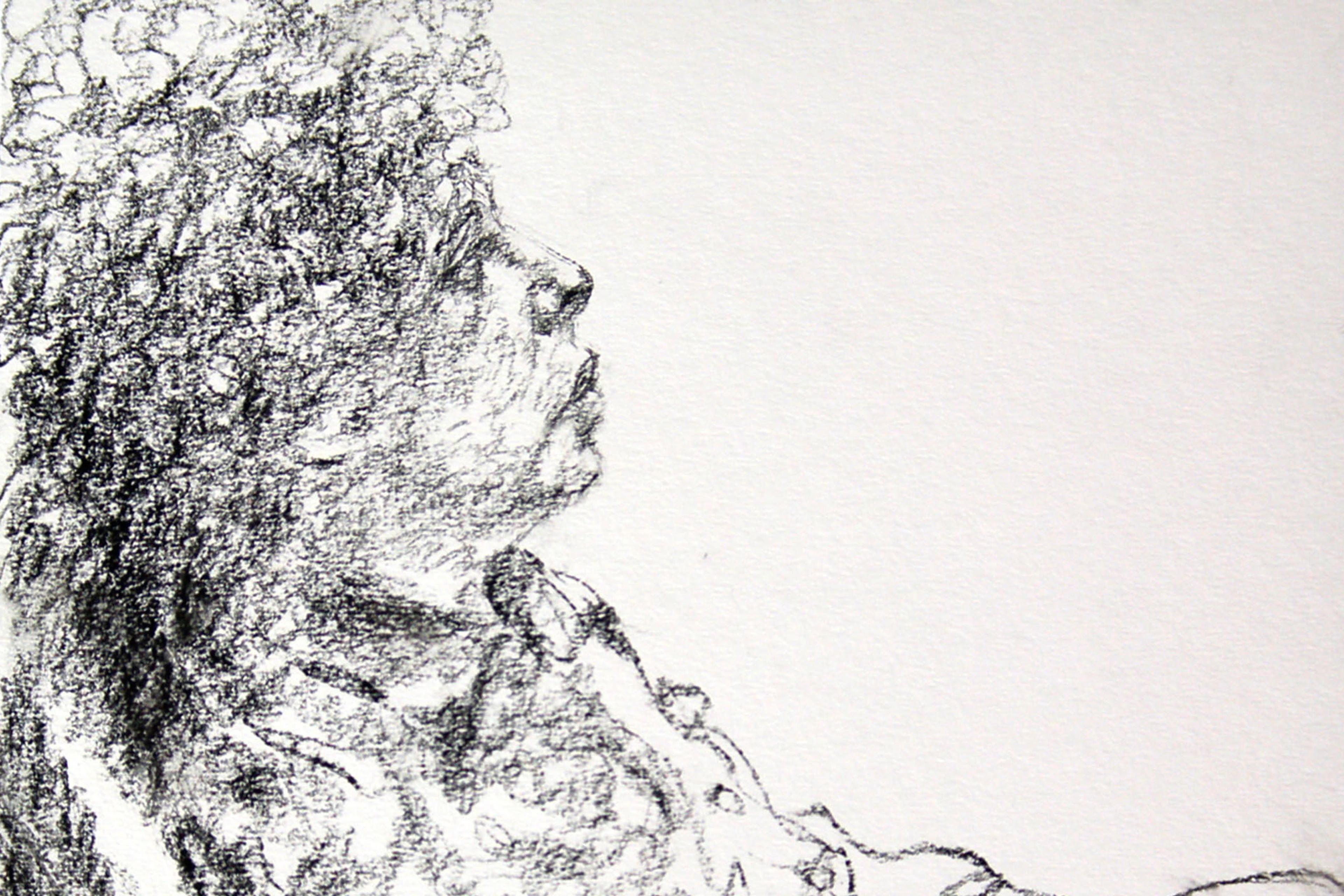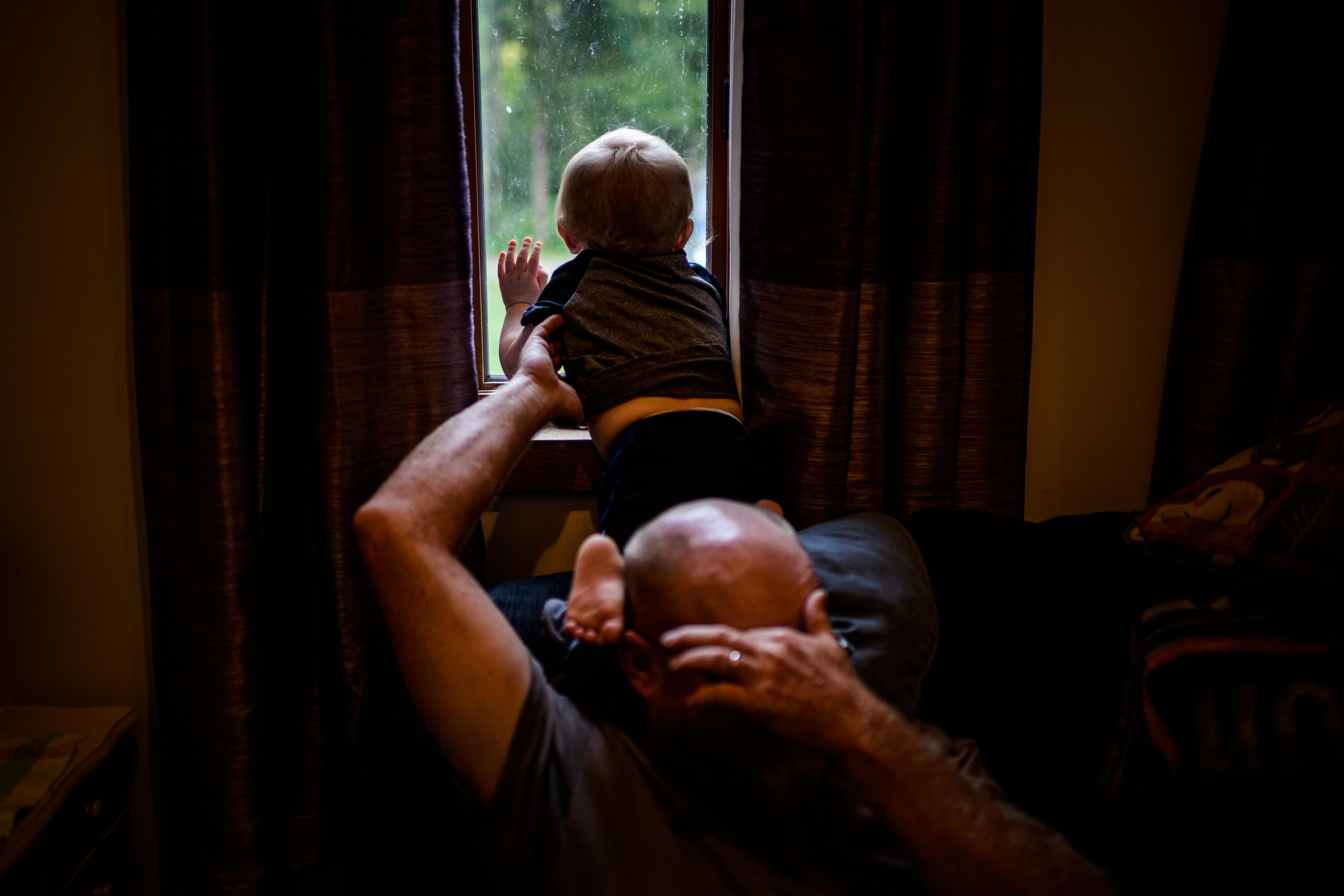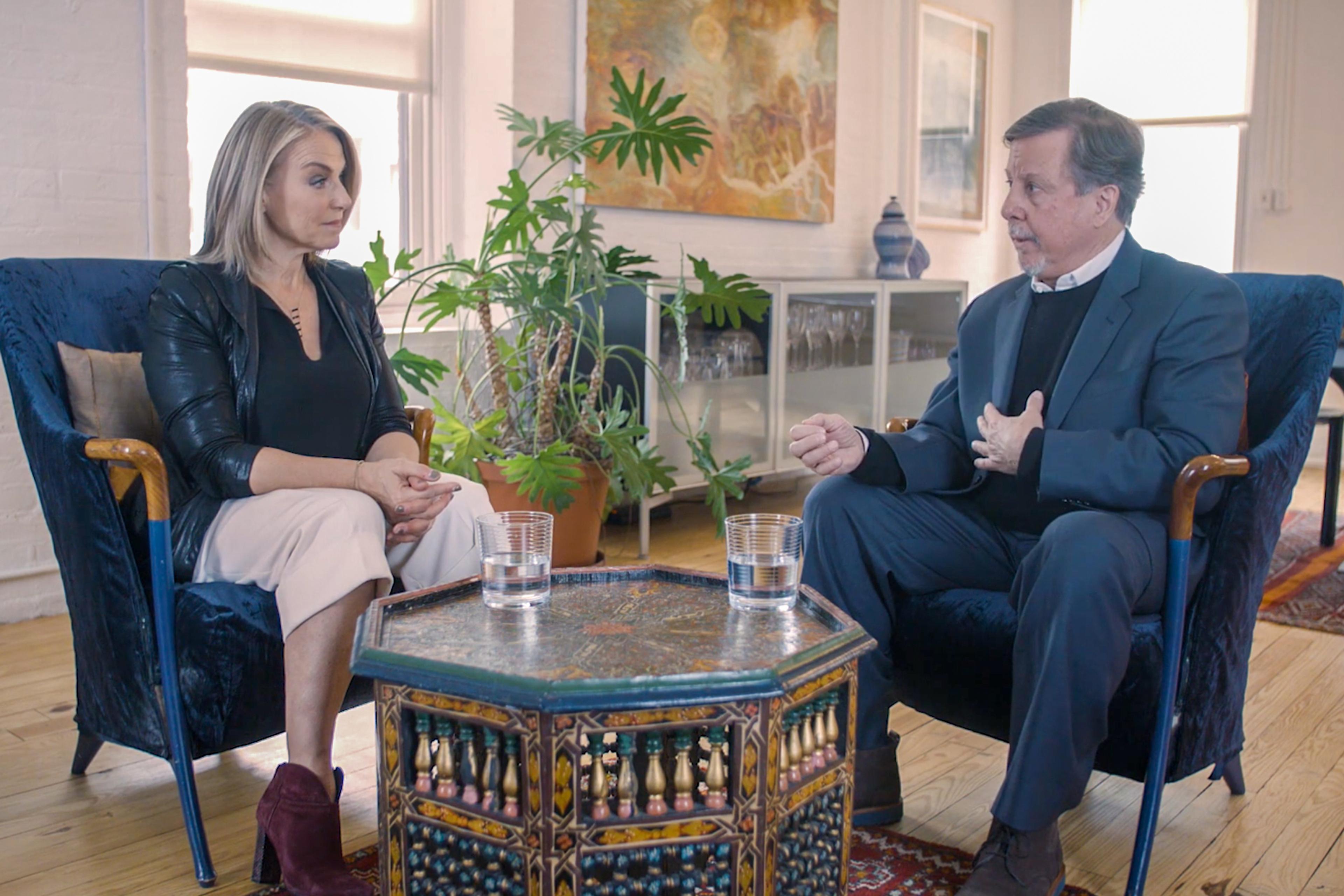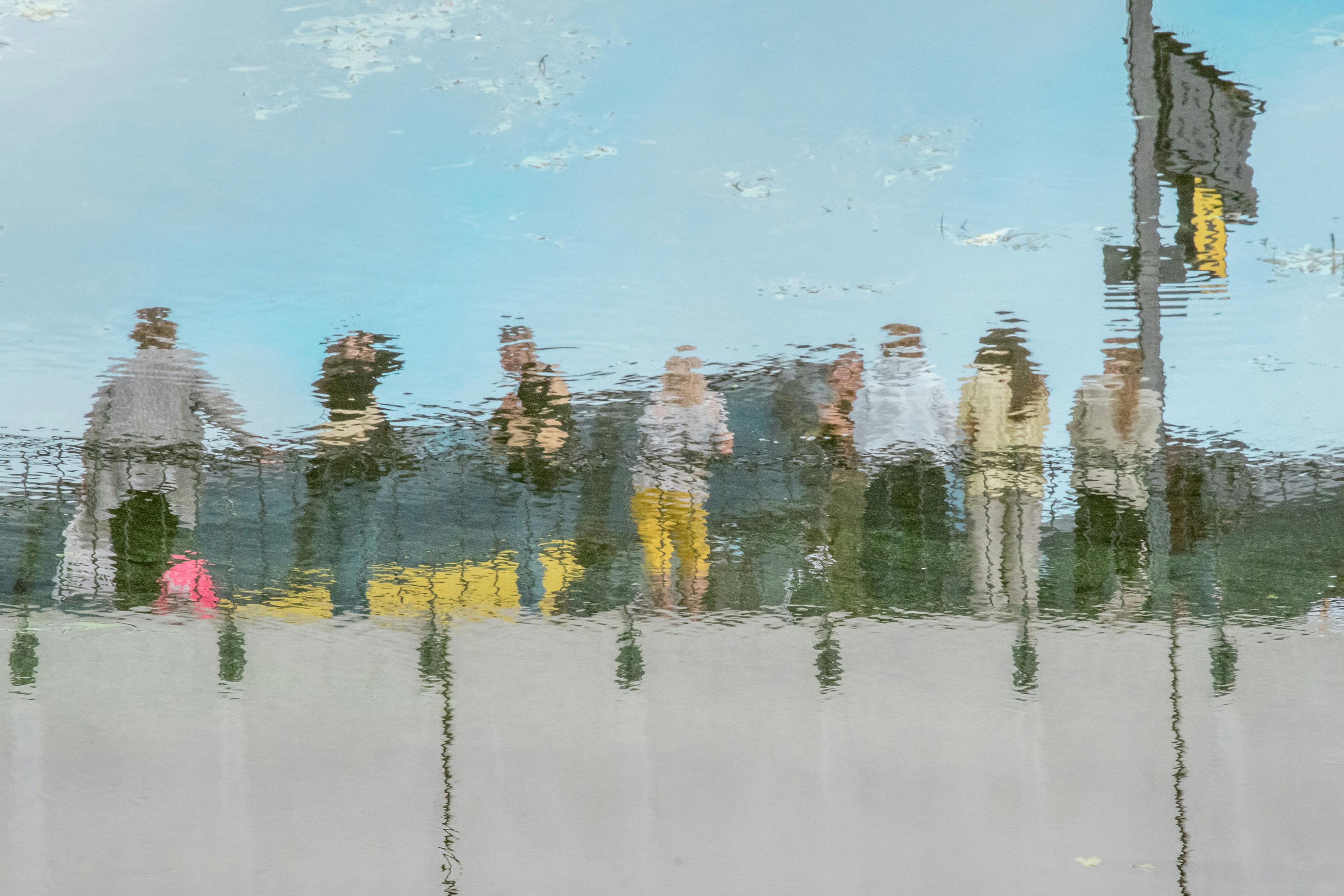There are times when life interrupts one’s best efforts at contemplating it from a safe distance. So I wrote, in the opening pages of a book into which I gathered the stories of patients I had witnessed being examined over 18 months, as an anonymous onlooker of weekly sessions in a neuropsychiatry clinic. Sitting in on these sessions, I wanted to understand how the self studies itself, and how it loses itself: how disruptions of the sense of self can throw light on what it takes for there to be a sense of self in the first place.
As a philosopher and historian who has long studied ideas about the mind, I wasn’t looking at extremes of psychopathology, or the follies underlying our most destructive actions. I was interested in gradations of ordinary confusion – the porous border between normality and pathology. Since anyone is a potential patient, I wanted to know how each clinical patient I saw seemed, on entering the consulting room, to be a quite ordinary, healthy person, their sometimes terrible difficulties revealed only once doctors had poked around for a while, asking questions, enquiring like empathic detectives.
Some patients stood out. One awoke from a coma having forgotten 10 years of her life. Another could not take the glove off her chronically painful hand. One man heard voices and couldn’t sleep. Another felt too guilty to live. Some ailments were clearly neurological. Others resisted diagnosis, even categorisation. Once I’d stopped attending the sessions, I wrote up these stories, trying to understand their disrupted selves with the tools of experimental psychology.
On her last Eurostar journey, she thought she’d arrived in London when we had just left it
That perspective was upended when my mother, with whom I was close, began developing signs of dementia. I was now the family of the patient, helpless before the inevitable unravelling of my closest kin, and trying to make sense of ailments of the mind when there was no safe distance to be had.
At first, my mother, the poet Anne Atik, had seemed just ordinarily confused. Then, very gradually, the confusion took on a pathological aspect. She awoke in the middle of the night thinking it was morning. On what turned out to be her last Eurostar journey, she thought she had arrived in London when we had just left it. Though her sentences remained grammatically coherent, they stopped making sense. A poet and writer, she became unable to write, even to read. But she remained a poet, distilling her emotions and humour into one-liners that I took to writing down. It was as if the confusion bred by the dementia had set her free, distilling her poetic fire.
It was a bewildering experience – dementia always is. But my questions about the self, and the loss of self, became all the more poignant now that I could see what in my mother remained, and what was disappearing. I also better understood the patients whose stories I was writing about – while their stories helped me better understand her.
This was the perspectival shift: from third-person reader, thinker and onlooker, to a feeling, second-person interaction. I had been observing doctors observing patients, but once my mother started entering the text, re-shaping the stories I was telling, the patient ‘out there’ became a ‘you’. And not any ‘you’: the mother is begetter, within whom, and then in whose arms, one first interacts as a developing ‘I’, and without whom there would be no ‘I’ at all.
This shift in perspective was an enactment of so-called ‘second-person psychology’ or ‘interpersonal neuroscience’, the study of which is a rapidly growing field within psychology and neuroscience, which involves, for instance, scanning the brains of two people engaged in the same task. The psychiatrist Leonhard Schilbach characterises it as an ‘interaction with the other [that] can be thought of as essential or even constitutive for social cognition’. In the words of the philosopher Anna Ciaunica, ‘the second person comes first’.
The idea that ‘you’ matters centrally to ‘I’ – that we are defined by others – is not new in philosophy. Emmanuel Lévinas wrote of intersubjectivity as the foundation for ethics, which is defined in contemporary psychology, by Hanne De Jaegher and others, as ‘the meaningful engagement between subjects’. For Paul Ricœur, the very meaning of a self was constituted by the ‘other’. At the start of his aptly titled Soi-même comme un autre (1990) – translated by Kathleen Blamey as Oneself as Another (1992) – Ricœur notes the frittering away of the Cartesian ego. The inward-looking, disembodied, potentially immortal thinker that René Descartes had conjured with his ‘cogito, ergo sum’ is today recognised as a figment of our, in fact, very embodied imaginations – a fantasy that breeds unsolvable puzzles.
It may seem evident that interaction is all. Psychotherapists have always known it. But neuroscience and experimental psychology focused until recently on the brains and minds of subjects operating alone, not in the midst of engagement with others – perpetuating the traditional border between the studying gaze and the experiencing self. The understanding of the human mind hits against its own internal borders by its being at once the subject and object of study: we cannot escape ourselves. No other species needs mirrors, real or figured, and no other species gets caught up in the complexities bred of mirroring, which we simultaneously wish to transcend.
Phenomenology, primarily the kind shaped by the philosopher Maurice Merleau-Ponty in the mid-20th century, was a conceptual effort at embracing just this seeming paradox, grounding the very possibility of thought within the felt, communicating body of the subject. The tradition of enactivism that has since developed out of this position has merged with research in psychology around the embodied self, and also established a footing within feminist philosophy where it makes room for the inter-subjective, embodied self that develops from infancy onwards. Enactivism acknowledges that to study the self is also to experience ourselves with others, and that this very experience is a form of study. But it continues to privilege the subjective, first-person perspective.
We feel others through our skin, which also marks our boundary with the world
This is how the growing study of the mind as intersubjective is helping us make sense of our capacity to self-reflect. Each person develops their own conceptual space, their own thinking habits, in the privacy of their mind. But that privacy is flimsy, as evanescent as thought itself. The child who feels embraced and held by her parents progressively realises that her thoughts and feelings are internal, separate from those of her parents. As we grow older, so we define and refine those private spaces of being. We all partake in and share the experience of privacy: we recognise it in each other, just as the words we use to cultivate our inner secrets partake of a shared language. Private and public overlap – just as do self and other. I overlapped with my mother, into my adulthood. And so her dementia was akin to a tectonic faultline in the terrain we had shared. She still saw me as her daughter, but the daughter I had been had to adapt to a new mode of relating. We no longer inhabited the same temporality.
From conception on, we are embedded within a constantly changing environment. The dynamics of embryonic processes and foetal development; the dependence of the infant on its carers for survival; the development of perceptual and cognitive capacities; and the evolution of linguistic competencies – all of these can be best understood ‘bottom up’, as embodied, evolved functions, rather than ‘top down’ in representational terms. The self is a process, rather than a state. It is that which progressively becomes differentiated from other selves without whom it would not exist, while remaining in constant, dynamic interaction with those others – and via all the senses, including, importantly, the sense of touch. We feel others through our skin, which also marks our boundary with the world. Because psychology and philosophy have long treated sight as the primary sense modality, we’ve crucially overlooked the fact that our interaction with the environment begins, in utero and then at birth, with touch. This understanding is a vital aspect of the turn towards second-person psychology, since embodied cognition is necessarily social – ‘people reuse their own mental states or processes represented with a bodily format in functionally attributing them to others,’ in the words of the neuroscientist Vittorio Gallese. Observation, interaction and action are all entwined.
Touch is in part how ‘through others, we become ourselves’. The phrase, originating with the Russian psychologist Lev Vygotsky, now characterises research on ‘collective psychophysiology’ by Schilbach and Dimitris Bolis. The complex processes at work in our dynamic interaction with our environment and each other have been mathematically modelled by the computational neuroscientist Karl Friston. His theory of predictive coding, derived from the 19th-century physics of Hermann von Helmholtz, redescribes the brain as an organ that predicts the sensory inputs from the external and internal world out of internal models of it, in a constant to and fro. Predictive coding is a potent theory that is currently being refined, discussed and critiqued. But my point is not to explain it: it is to ask what our very capacity to imagine ourselves as predictive, interdependent creatures does for our experience, what we can do with a third-person theory about how we function.
The main story is not the scientific theory, which is contingent and provisional. Existence is always prior to its explanations. This is why the best scientific theories, including predictive coding, are as dynamically flexible as what they describe. In bringing these theories from psychology and neuroscience about the embodied sense of self to bear on my mother’s dementia, I saw that what was happening to her had an impact on my capacity to make sense of what was happening to her, as well as to the patients whose stories I was telling.
Writing is itself ‘altercentric’, that is, the product of our interactions with others. The writing ‘I’ is a transcendence of selfhood, directed as it is to ‘you’. I had fooled myself into thinking I could be a mere observer, forgetting that I am ‘as another’, to use Ricœur’s phrase, and that there is no proper understanding from afar without the second person. Because the first-person perspective is inevitably entangled with the other, it was as if my mother held my hand while I wrote, throughout her cognitive decline. And in fact the feel of her touch remained unchanged, as did her affect, and the maternal nature of her presence to me. Verbal meaning had gone, but not her feeling self.
What I was studying turned out to be what I was living. I see in my mind’s eye her edition of Martin Buber’s I and Thou (1923) on her bookshelf. She might have made a good joke of it all, or gotten a poem out of it. Instead, I chose as a title for the book I wrote – somehow with, and through her – a poetic phrase of hers, ‘the ceiling outside’. I hope she would have appreciated the poetry in that.








